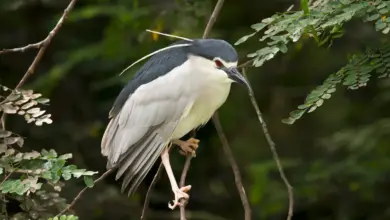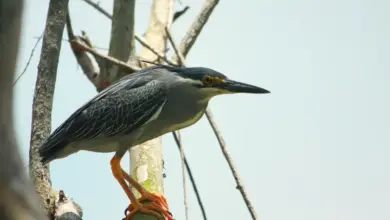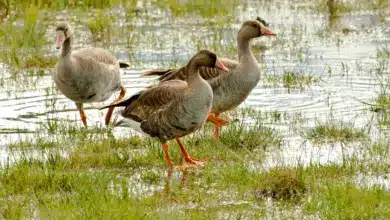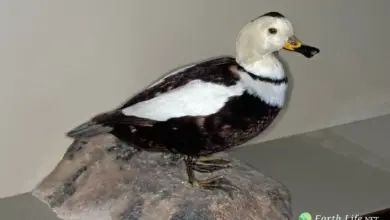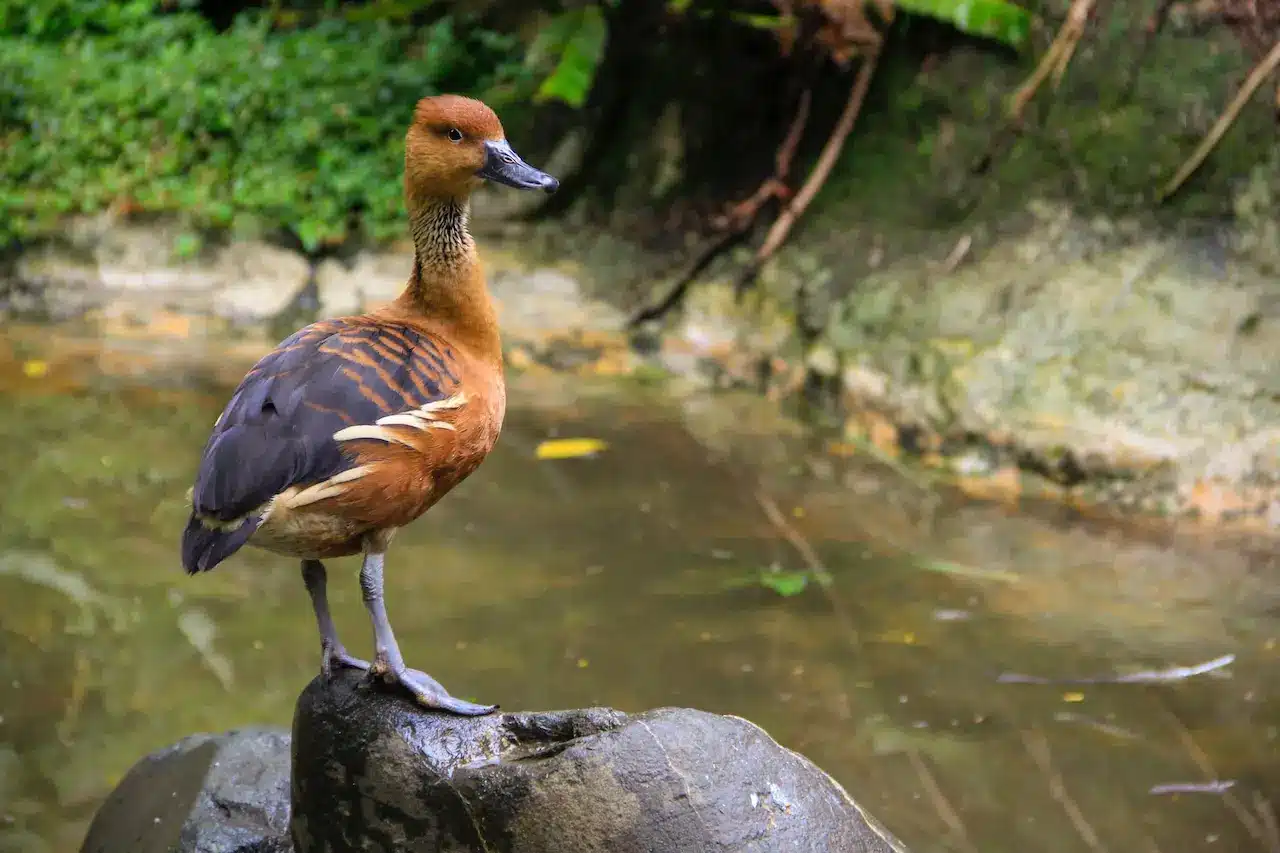The Buff-necked Ibises (Theristicus caudatus) are also known as White-throated Ibises. They occur naturally in South America.
It included the Black-faced Ibis as a subspecies, but these two are now by most considered separate species, based on physical and habitat differences.
Ibises resemble herons and share many of their habitats and behavioral traits, but unlike herons, ibises fly with necks outstretched and often in V-formation.
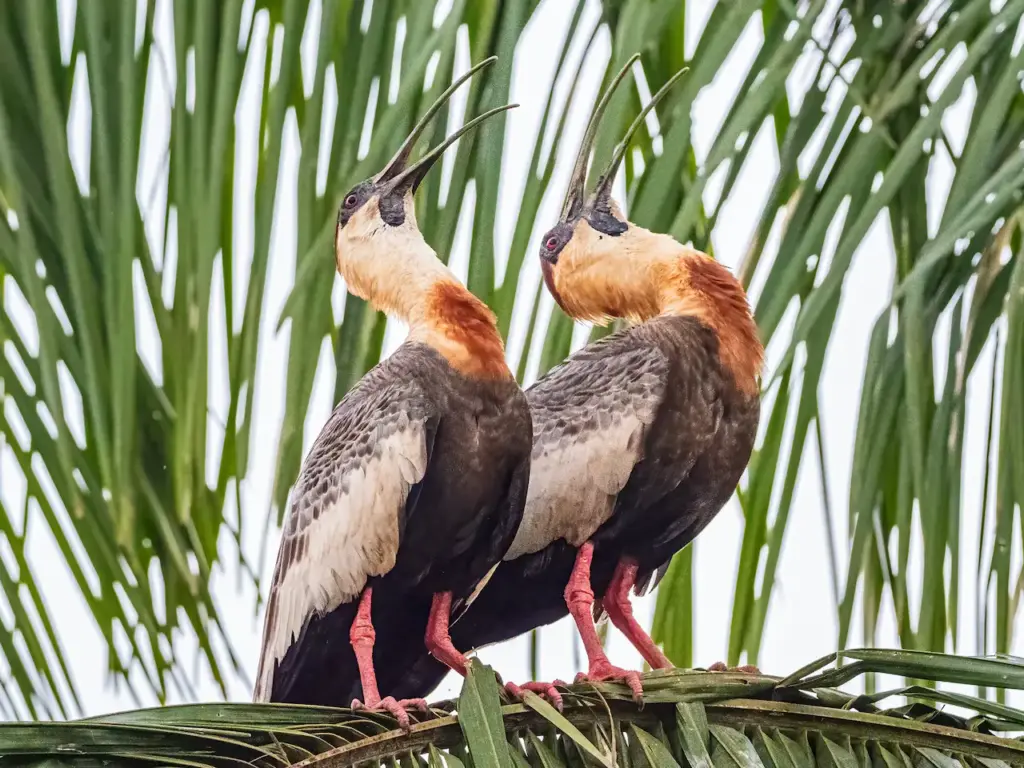
Distribution / Range
The Buff-necked Ibis occurs naturally in eastern and northern South America, where it inhabits open habitats, such as fields, marshes, savanna and grassland.
Vagrants have been recorded in Panama.
This species is mostly restricted to tropical and warmer subtropical lowlands.
This species is resident (non-migratory), but local movements may occur in their search for food.
Its population is estimated to be 25,000 to 100,000.
Subspecies and Ranges
- Theristicus caudatus caudatus – Nominate Form
- Range: Found across northern and central South America in Colombia, Venezuela, the Guianas and Brazil
- Theristicus caudatus hyperorius
- Range: Found in south-central South America in southern Brazil, eastern and northern Bolivia, Paraguay, Uruguay, and northern Argentina.
Description
This fairly large ibis measures approximately 75 cm (30 inches) in length (including the tail).
The back and lower chest are grey, the abdomen and flight feathers are blackish, the neck is buff-colored and there is a large white patch on the wings.
The bill and bare skin around the eyes are blackish and the legs are red.
Similar Species
It resembles the closely related Black-faced Ibis, except the lower chest is buff-colored, instead of dark grey; and the Black-faced Ibis lacks the large white wing patches of the Buff-necked Ibis. Their ranges also don’t overlap, as the Black-faced Ibises occur in colder habitats than the Buff-necked.
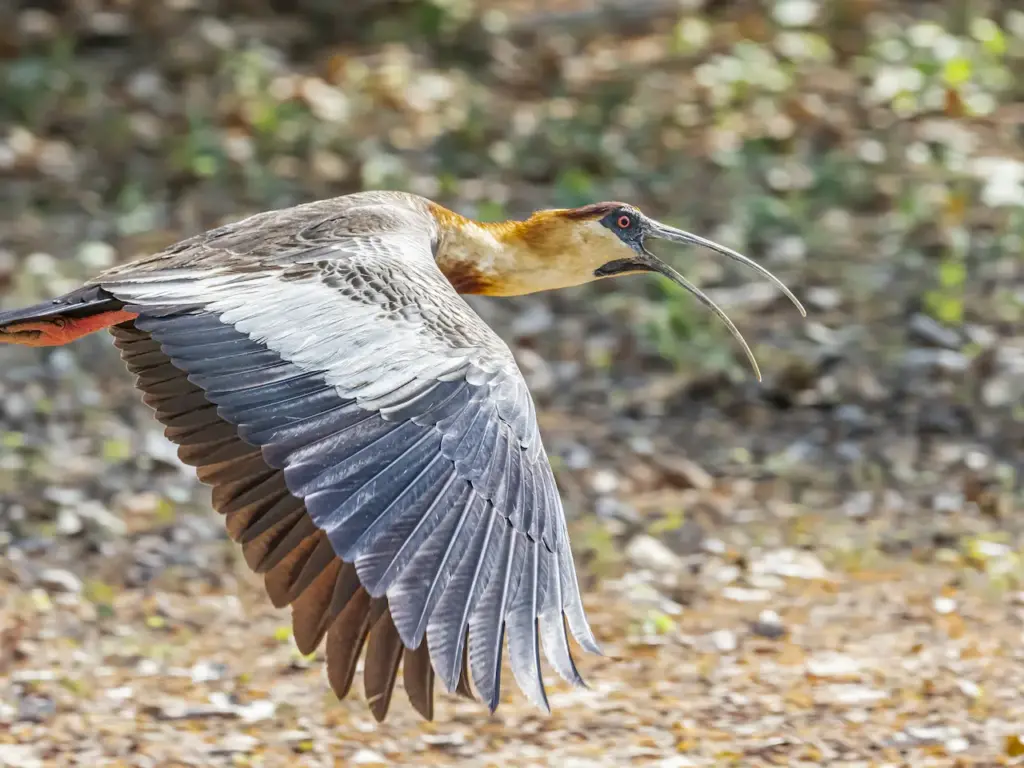
Diet / Feeding
Buff-necked Ibises mostly feed on insects, spiders, frogs, snails, warms, small mammals and small reptiles found on land.
Breeding
Most breeding activities are observed after the rainy season, when plenty of food is available.
They typically nest in colonies, often with other water birds.
The nests are shallow cup-shaped platforms of sticks, grasses or reeds that are typically situated on trees near a body of water, such as rivers, swamps or lakes. Although some ibises also make their nest amongst rocks and on cliffs,
The average clutch consists of 2 – 4 eggs. The nests are often reused year-after-year.

